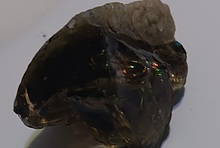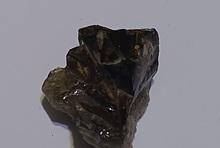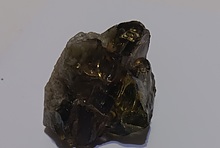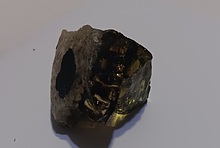Home PageAbout MindatThe Mindat ManualHistory of MindatCopyright StatusWho We AreContact UsAdvertise on Mindat
Donate to MindatCorporate SponsorshipSponsor a PageSponsored PagesMindat AdvertisersAdvertise on Mindat
Learning CenterWhat is a mineral?The most common minerals on earthInformation for EducatorsMindat ArticlesThe ElementsThe Rock H. Currier Digital LibraryGeologic Time
Minerals by PropertiesMinerals by ChemistryAdvanced Locality SearchRandom MineralRandom LocalitySearch by minIDLocalities Near MeSearch ArticlesSearch GlossaryMore Search Options
The Mindat ManualAdd a New PhotoRate PhotosLocality Edit ReportCoordinate Completion ReportAdd Glossary Item
Mining CompaniesStatisticsUsersMineral MuseumsClubs & OrganizationsMineral Shows & EventsThe Mindat DirectoryDevice SettingsThe Mineral Quiz
Photo SearchPhoto GalleriesSearch by ColorNew Photos TodayNew Photos YesterdayMembers' Photo GalleriesPast Photo of the Day GalleryPhotography
╳Discussions
💬 Home🔎 Search📅 LatestGroups
EducationOpen discussion area.Fakes & FraudsOpen discussion area.Field CollectingOpen discussion area.FossilsOpen discussion area.Gems and GemologyOpen discussion area.GeneralOpen discussion area.How to ContributeOpen discussion area.Identity HelpOpen discussion area.Improving Mindat.orgOpen discussion area.LocalitiesOpen discussion area.Lost and Stolen SpecimensOpen discussion area.MarketplaceOpen discussion area.MeteoritesOpen discussion area.Mindat ProductsOpen discussion area.Mineral ExchangesOpen discussion area.Mineral PhotographyOpen discussion area.Mineral ShowsOpen discussion area.Mineralogical ClassificationOpen discussion area.Mineralogy CourseOpen discussion area.MineralsOpen discussion area.Minerals and MuseumsOpen discussion area.PhotosOpen discussion area.Techniques for CollectorsOpen discussion area.The Rock H. Currier Digital LibraryOpen discussion area.UV MineralsOpen discussion area.Recent Images in Discussions
Identity HelpBlack Granite? Gabbro? etc?

8th Dec 2018 00:21 UTCRobert Darabos
It was used in gardens, so may have came from anywhere... probably somewhere in Michigan still, would be my guess.
Is this Black Granite? (is that even a thing?) Gabbro? Anorthosite? Etc?
8th Dec 2018 00:42 UTCPaul Brandes 🌟 Manager
8th Dec 2018 01:30 UTCFrank K. Mazdab 🌟 Manager

8th Dec 2018 03:29 UTCDoug Daniels
8th Dec 2018 04:14 UTCFrank K. Mazdab 🌟 Manager
The strange thing, though, is that according to the QAPF naming diagram for intrusive igneous rocks, you can have up to 90% mafic minerals in an otherwise feldspar-bearing igneous rock before you have to switch over to one of the other naming diagrams. So it's conceptually possible to have a coarse-grained rock that is 89% black amphibole, 3% plagioclase, 3% quartz and 5% orthoclase, and that rock would still technically be a granite, because only the relative proportions of the 11% total of Q (quartz), A (alkali feldspar) and P (plagioclase) would count towards the name. I have no knowledge of any weird rock anywhere close to such an oddball composition (nor can I imagine a normal igneous process likely to produce one), but nonetheless, that hypothetical rock would indeed be a very "black granite"!
8th Dec 2018 12:52 UTCMark Heintzelman 🌟 Expert

8th Dec 2018 17:40 UTCRobert Darabos




Mindat.org is an outreach project of the Hudson Institute of Mineralogy, a 501(c)(3) not-for-profit organization.
Copyright © mindat.org and the Hudson Institute of Mineralogy 1993-2024, except where stated. Most political location boundaries are © OpenStreetMap contributors. Mindat.org relies on the contributions of thousands of members and supporters. Founded in 2000 by Jolyon Ralph.
Privacy Policy - Terms & Conditions - Contact Us / DMCA issues - Report a bug/vulnerability Current server date and time: April 19, 2024 10:42:59
Copyright © mindat.org and the Hudson Institute of Mineralogy 1993-2024, except where stated. Most political location boundaries are © OpenStreetMap contributors. Mindat.org relies on the contributions of thousands of members and supporters. Founded in 2000 by Jolyon Ralph.
Privacy Policy - Terms & Conditions - Contact Us / DMCA issues - Report a bug/vulnerability Current server date and time: April 19, 2024 10:42:59













